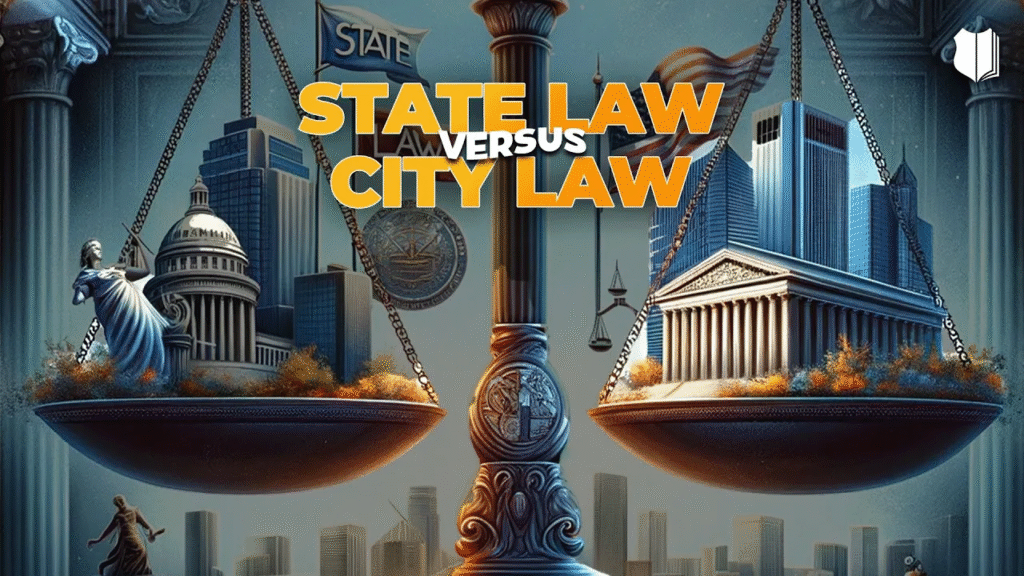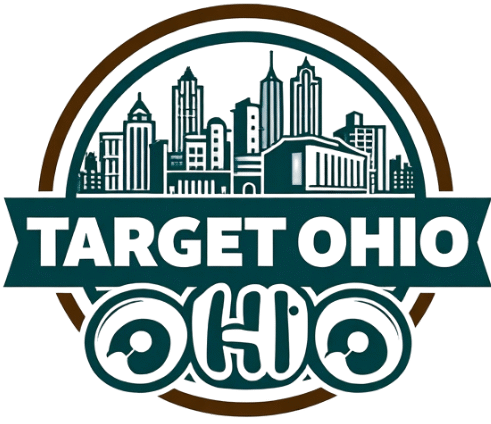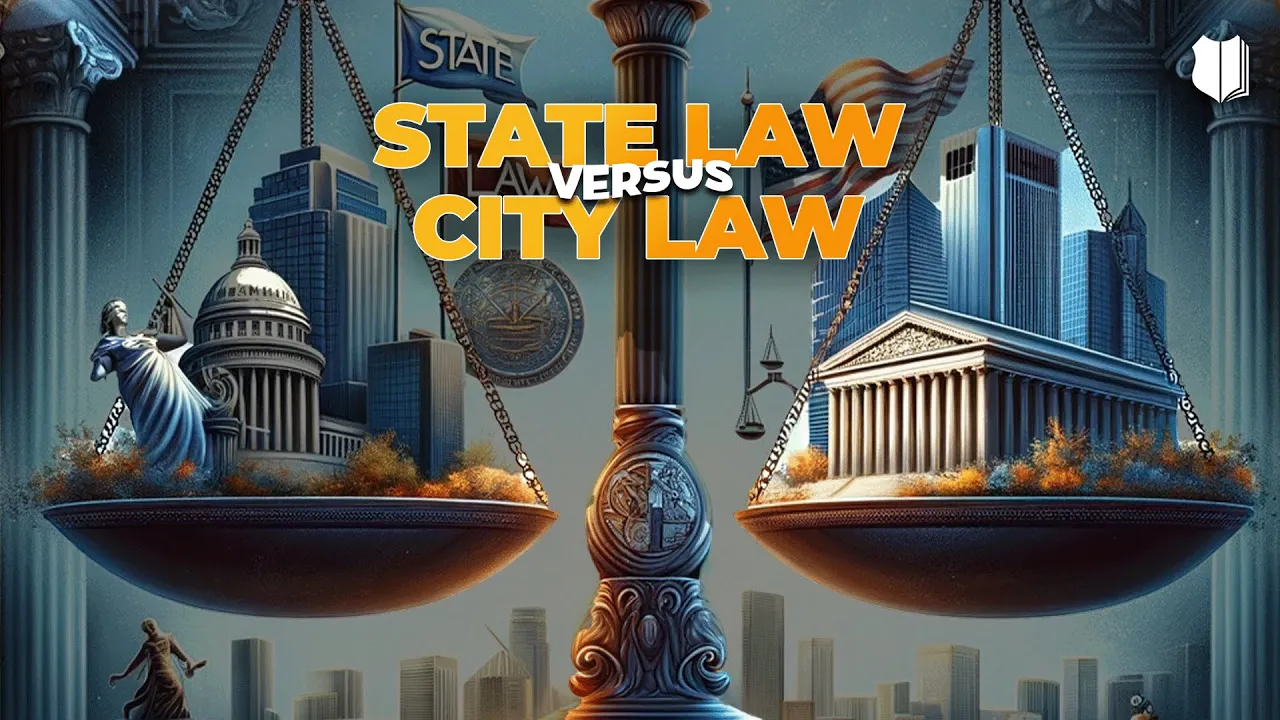
Local ordinances are laws enacted by city or county governments that regulate various aspects of community life. Though often overshadowed by state and federal laws, these ordinances directly influence many daily experiences—shaping everything from neighborhood safety to business operations. Understanding how local ordinances work and why they matter helps citizens appreciate their role in shaping communities and encourages active civic participation.
What Are Local Ordinances?
Local ordinances are legally binding rules passed by municipal or county governing bodies such as city councils or county commissions. They address issues specific to the local community and must comply with higher-level laws.
- Examples include zoning regulations, noise restrictions, parking rules, and public health codes.
- Ordinances apply within the geographic boundaries of the local government.
- They provide tailored solutions for unique community needs.
Why Local Ordinances Matter More Than You Think
- Direct Impact on Daily Life
Ordinances regulate many routine activities, including waste collection, pet ownership, and business permits, affecting residents’ quality of life. - Shaping Neighborhood Character
Zoning laws control land use—whether areas are residential, commercial, or industrial—impacting community aesthetics and property values. - Enhancing Public Safety
Ordinances can set speed limits, fire codes, and building safety standards, helping protect citizens and property. - Promoting Health and Environment
Local rules may regulate pollution, manage waste, and promote green spaces. - Supporting Local Economy
Business licensing and signage ordinances influence how enterprises operate and attract customers. - Encouraging Civic Engagement
Because local governments are more accessible, residents have greater opportunity to influence ordinance creation and enforcement.
How Local Ordinances Are Created
The process typically involves:
- Proposal by elected officials or citizens.
- Public hearings where community members provide input.
- Review and amendments by local legislative bodies.
- Final vote to adopt or reject the ordinance.
- Enforcement by local agencies or departments.
Public participation is often easier at the local level, offering citizens a real chance to shape policies.
Examples of Common Local Ordinances
| Ordinance Type | Description | Effect on Community |
|---|---|---|
| Zoning Regulations | Define land use such as residential or commercial | Controls growth and preserves neighborhood character |
| Noise Control | Limits noise levels during certain hours | Enhances quality of life and reduces disturbances |
| Parking Rules | Regulate where and how long vehicles may park | Improves traffic flow and access |
| Animal Control | Sets rules for pet licensing and behavior | Protects public safety and animal welfare |
| Building Codes | Establish construction standards for safety | Ensures safe and durable infrastructure |
Why Enforcement Matters
Local ordinances are only effective if properly enforced. This is usually done by city police, code enforcement officers, or specialized agencies. Enforcement maintains community standards and deters violations, ensuring fairness and safety.
Challenges with Local Ordinances
- Variability
Different cities and counties have diverse rules, which can confuse residents moving between areas. - Resource Limitations
Smaller municipalities may struggle to enforce ordinances consistently. - Balancing Interests
Ordinances must strike a balance between individual freedoms and community welfare.
How Citizens Can Influence Local Ordinances
- Attend city council or county meetings.
- Participate in public hearings on proposed ordinances.
- Contact local representatives to share opinions.
- Join neighborhood associations or advocacy groups.
- Stay informed through local news and government websites.
Overview Table: The Role and Impact of Local Ordinances
| Aspect | Description | Community Impact | Who Is Involved |
|---|---|---|---|
| Creation | Proposed and passed by local governments | Reflects local needs and priorities | City councils, residents |
| Enforcement | Implemented by local authorities | Maintains standards and public safety | Police, code officers |
| Regulation Areas | Zoning, noise, parking, animal control, etc. | Shapes daily living and local economy | Residents, businesses |
| Public Participation | Input through hearings and meetings | Enables community influence | Citizens, advocacy groups |
| Challenges | Variability, resources, balancing interests | Affects consistency and fairness | Local officials, community members |
FAQs
Q1: Can local ordinances override state laws?
No, local ordinances must comply with state and federal laws and cannot contradict them.
Q2: How can I find out about local ordinances in my area?
Check your city or county government’s official website or attend local meetings.
Q3: What should I do if I think an ordinance is unfair?
You can voice your concerns at public hearings, contact local officials, or join advocacy efforts.

